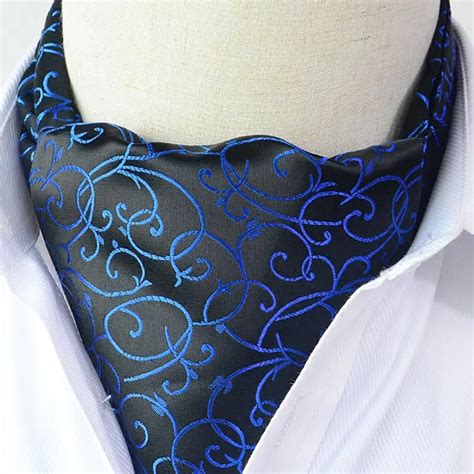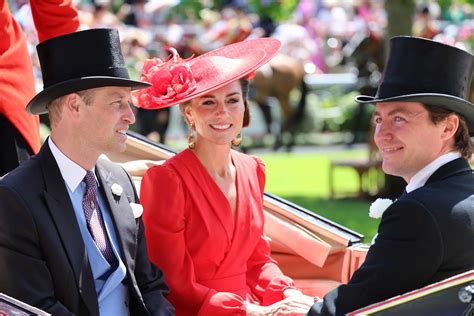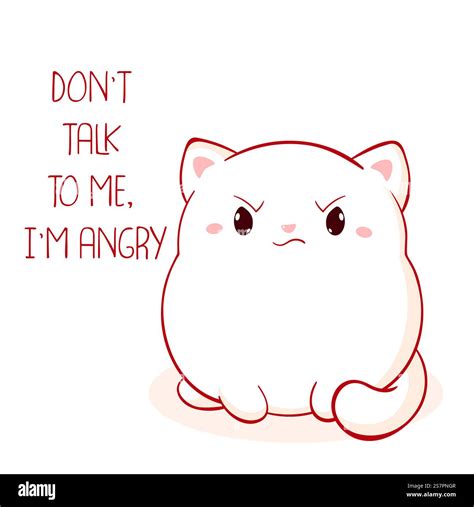Fashion is a cyclical beast, constantly digging through its own archives to unearth forgotten gems that, with a little modern reimagining, can once again shine. While many men’s accessories have stood the test of time – the watch, the tie, the pocket square – others have faded into obscurity, dismissed as relics of a bygone era. Yet, among these forgotten treasures, one accessory consistently catches the eye for its potential to inject unique sophistication and individuality into contemporary menswear: the ascot.
The Elegant Enigma: Reintroducing the Ascot
Often confused with a cravat (its more formal, larger cousin), the ascot tie, or ‘day cravat,’ originated in the 19th century as formal neckwear for daytime events, particularly horse races at Royal Ascot, hence its name. It’s a broad strip of fabric, typically silk, worn around the neck and fastened with a decorative pin or simply tucked into the shirt collar. It exudes an air of relaxed elegance, a deliberate sartorial choice that speaks volumes without uttering a word. Its decline was largely due to the rise of the simpler necktie and the increasing casualization of menswear, but its inherent charm remains undeniable.

Why the Ascot Deserves a Modern Revival
In an age where personal style is paramount and standing out from the crowd is often desired, the ascot offers a distinct advantage. It’s a bold statement, yet inherently refined. It provides a luxurious texture and visual interest near the face, elevating an otherwise simple outfit. For the modern man seeking to express sophistication beyond the conventional tie, the ascot presents an opportunity to showcase sartorial confidence and a subtle nod to classic elegance without appearing stuffy or overly formal.
Styling the Ascot for Today’s Gentleman
Casual Smart Elegance
Forget the image of an elderly gentleman in a smoking jacket. Today, the ascot can be effortlessly integrated into smart-casual ensembles. Pair a patterned silk ascot with a crisp, open-collared button-down shirt – think linen or Oxford cloth – under a relaxed blazer or a well-fitted sport coat. The key is to keep the shirt slightly unbuttoned, allowing the ascot to nestle comfortably and casually in the opening. This look is perfect for weekend brunches, art gallery visits, or an evening out.

Elevated Business Casual
For those looking to push the boundaries of business casual, an ascot can be a sophisticated alternative to a tie. Wear it with a vest and trousers, foregoing the blazer if the office environment allows. Choose a muted, textured silk or a fine wool ascot in solid colors or subtle patterns like paisleys or micro-dots. Ensure the fabric is rich but not overly shiny, maintaining a professional yet distinctive aesthetic. This approach works wonderfully for creative industries or workplaces with a relaxed dress code, providing a polished look that feels less rigid than a full suit and tie.

Unconventional Formal Flair
While the traditional tie remains king for most formal occasions, the ascot can offer a distinct, daring alternative for specific events, particularly those with a vintage or artistic leaning. Consider a rich, dark silk ascot with a tuxedo or a three-piece suit, especially if you want to channel a debonair, old-world glamour. This requires confidence and an understanding of the event’s formality, but when done right, it makes an unforgettable statement, setting you apart from a sea of conventional black ties.

Choosing Your Ascot: Fabric, Pattern, and Color
When selecting an ascot, material matters most. Silk is the classic choice, offering drape and a luxurious feel. For warmer weather or more casual looks, cotton or linen blends can work. Patterns like paisley, polka dots, abstract designs, or subtle geometrics add personality, while solid colors in rich jewel tones or earthy shades provide versatility. Remember that the ascot occupies a prominent space near your face, so choose colors and patterns that complement your skin tone and the rest of your outfit.

Embrace the Resurgence
The ascot is more than just a piece of fabric; it’s a statement of confidence, an appreciation for sartorial history, and a desire for distinctive style. It challenges the conventional and offers a refreshing alternative to standard neckwear. By reintroducing this elegant accessory with a modern sensibility, men can effortlessly add a layer of sophistication, charm, and individuality to their wardrobes, proving that some forgotten treasures are simply waiting for the right moment to make a triumphant return.




